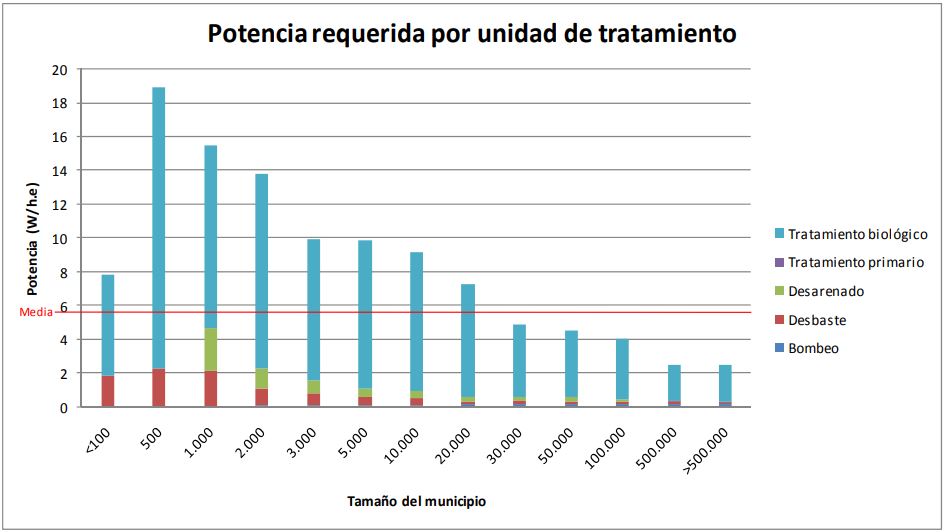
The sudden increase in population, urbanization, and industrialization is leading to the deterioration of the environment. Efficient treatment of wastewater and fighting climate change are two of the main challenges of our society. However, the global primary energy demand (around 0.55 quadrillion MJ) is increasing at a rate of 2.1 % per year and by 2040 it is expected to be 56 % [1].
Thus, the world energy production basis needs to shift from fossil fuels to sustainable or renewable resources, such as solar, wind, or geothermal energy, or even waste, such as wastewater. Wastewater treatment is nowadays an energy-intensive process (mostly, because of the treatment of the sludge generated and the large quantities of oxygen needed). It is estimated that this process can account for 1-3% of the country’s annual energy consumption in developed countries.
However, wastewater should be considered a resource rather than a waste. Wastewater contains many different compounds, including several of organic origin, which can range from simple hydrocarbon chains to more complex molecules, which store energy within their chemical bonds. Several studies agree that the amount of energy contained in urban wastewater as organic matter is approximately 13-15 KJ/g COD [2]. In modern society, each population equivalent (PE) produces around 200-300L of wastewater per day, resulting in a value of around 80-120 g COD/person/day [3].
However, wastewater should be considered a resource rather than a waste.
This means that, for example, in the case of Spain, with a population of 47.35 million people, up to 3.07 · 1016 J per year could be recovered from wastewater (with an extremely optimistic assumption of complete energy recovery). If an average home consumes 3.6· 1010 J per year, the energy contained in the wastewater could cover the energy needs of around 850.000 homes, which is equivalent to the energy of burning 724176 tonnes of oil in a modern power station.
How to harness energy contained in wastewater?
There are different processes for harnessing the energy contained in wastewater. For instance, the most common methodology is anaerobic digestion. Methane (as biogas) can be obtained from anaerobic digestion of the sludge produced to be subsequently burned in cogeneration engines. Despite being a robust technology, only 40% of the energy consumed during the process can be recovered as electrical energy. On the other hand, there is an emerging technology, still under research, which aims at generating hydrogen in bioelectrochemical devices known as microbial electrolysis cells (MECs). They offer the possibility of generating a value-added product or energy through wastewater treatment with very low energetic requirements, but their performance still needs to be characterized at a higher scale to determine their techno-economic feasibility.

By harnessing all these energy sources, not only would the costs associated with wastewater treatment be drastically reduced, but wastewater treatment plants could also be considered as energy suppliers. In addition, wastewater treatment could also be a modest source of energy in many regions of the world where reliable and affordable energy supplies are still lacking. Therefore, efficient and feasible energy recovery from wastewater is one of the hottest current research trends in the field of environmental engineering.
[1] IEA, 2020. World Energy Outlook 2020. IEA, p. 2020. Paris [WWW Document]. URL. https://www.iea.org/reports/world-energy-outlook-2020, 10.12.2021.
[2] E. S. Heidrich, T. P. Curtis, J. Dolfing, Environ. Sci. Technol. 45, 827 (2011).
[3] Kiely, G. Environmental Engineering; McGraw-Hill: New York, 1997.